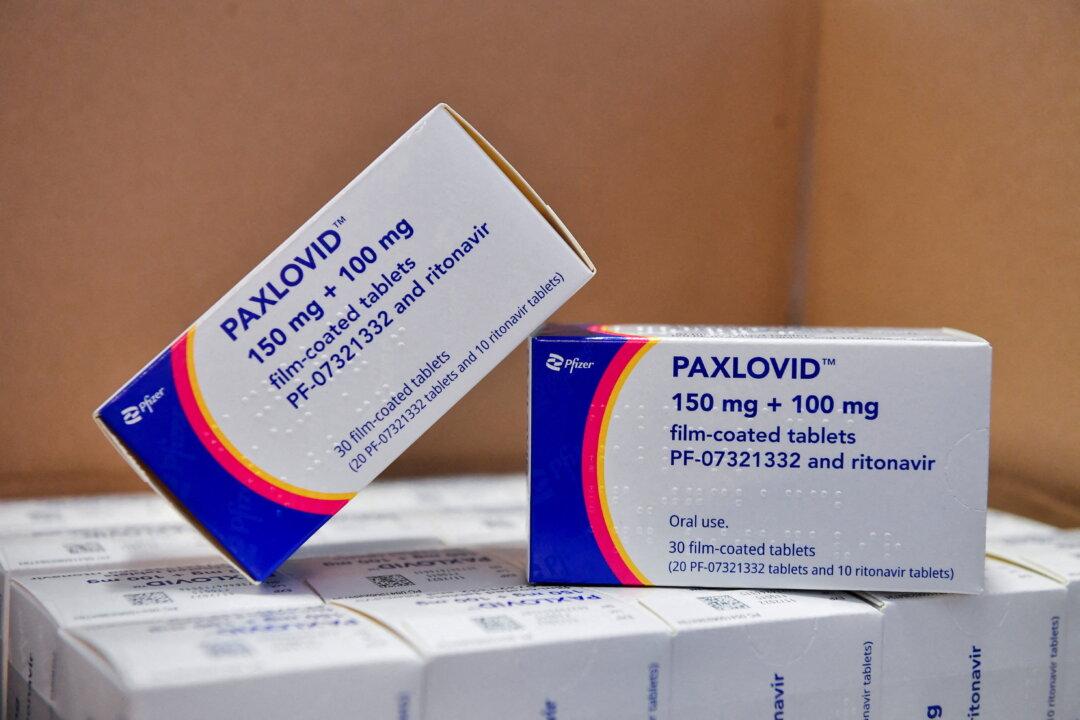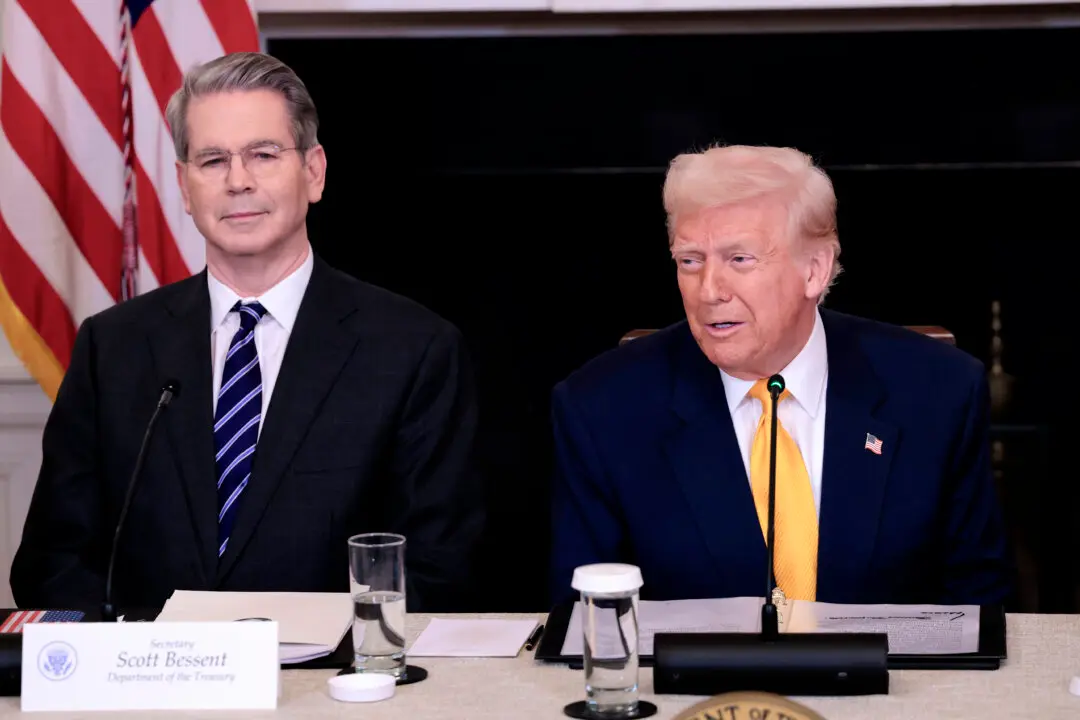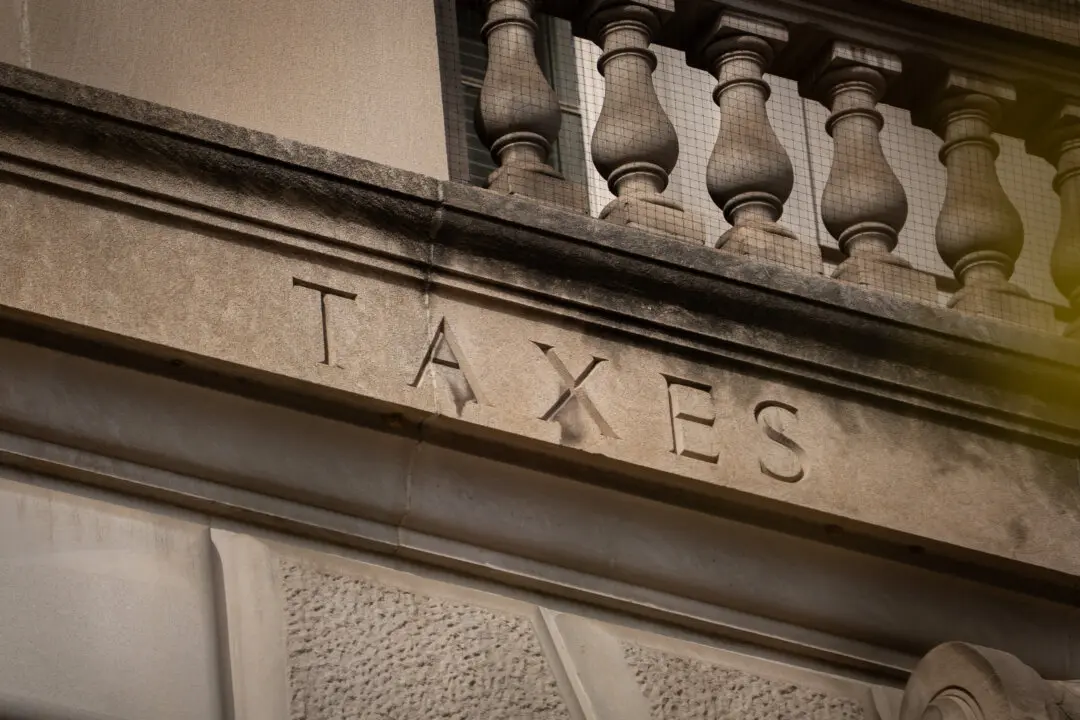President Joe Biden posted a video after he tested positive for COVID-19 again saying that he’s “feeling fine,” as some scientists have begun to speculate that rebound cases tied to the use of the antiviral drug Paxlovid are more common than initially suspected.
“Hey, folks, Joe Biden here. Tested positive this morning. Going to be working from home for the next couple of days. And I’m feeling fine, everything’s good. But Commander and I got a little work to do,” Biden, 79, said in the video posted to Twitter late on July 30. He was referring to his dog, Commander.





